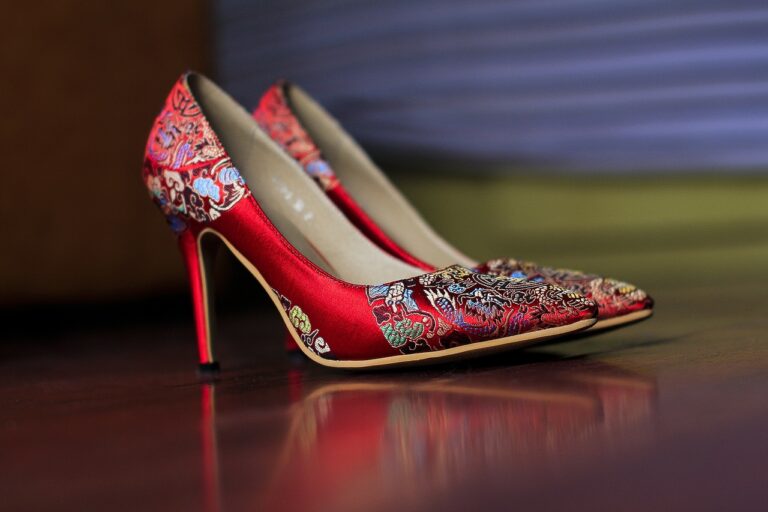Fashion and Renewable Energy Adoption: Transitioning to Solar and Wind Power for Clothing Production
The fashion industry’s environmental impact is substantial and continues to raise concerns globally. From excessive water usage in cotton production to the carbon emissions linked to manufacturing and transportation, every stage of the clothing production process contributes to environmental degradation. The rise of fast fashion has only exacerbated these issues, with constantly changing trends leading to increased textile waste and pollution.
Moreover, the use of harmful chemicals in dyeing and finishing textiles also poses a threat to the environment and human health. These chemicals often end up polluting waterways and soil, causing damage to ecosystems and posing health risks to communities living near manufacturing facilities. As consumers become more aware of these issues, there is a growing demand for sustainable and eco-friendly fashion alternatives to mitigate the environmental impact of the industry.
Current Energy Consumption in Clothing Production
Energy consumption in clothing production remains a significant concern in the fashion industry. The production of textiles and garments requires a considerable amount of energy throughout the various stages, from cultivation and processing of raw materials to manufacturing and transportation. The reliance on non-renewable energy sources contributes to greenhouse gas emissions and environmental degradation.
Moreover, the advent of fast fashion has exacerbated the energy consumption in clothing production. The rapid turnover of trends and cheaply made garments lead to an increase in production volume, further intensifying the energy demand. As consumer demand continues to drive the industry, finding sustainable solutions to reduce energy consumption is paramount for the future of fashion production.
Benefits of Solar Power in Fashion Industry
Solar power is increasingly being recognized as a sustainable solution for reducing the environmental footprint of the fashion industry. By harnessing the power of the sun, clothing manufacturers can significantly decrease their reliance on fossil fuels and electricity generated from non-renewable sources. This transition to solar energy can lead to a substantial reduction in greenhouse gas emissions, helping to combat climate change.
In addition to its environmental benefits, utilizing solar power in the fashion industry can also result in long-term cost savings for businesses. While there may be initial investments required to set up solar panels and infrastructure, the overall operational costs can be considerably lower compared to traditional energy sources. This financial advantage can not only boost the bottom line for fashion companies but also demonstrate their commitment to sustainable practices, resonating positively with environmentally-conscious consumers.
– By harnessing solar power, clothing manufacturers can reduce their reliance on fossil fuels
– Transition to solar energy can lead to a substantial reduction in greenhouse gas emissions
– Long-term cost savings for businesses by utilizing solar power in the fashion industry
– Initial investments required for setting up solar panels and infrastructure
– Overall operational costs can be considerably lower compared to traditional energy sources
What is the environmental impact of the fashion industry?
The fashion industry is known to have a significant environmental impact, including high water usage, pollution from chemicals, and greenhouse gas emissions.
How much energy does the fashion industry currently consume in clothing production?
The fashion industry is one of the most energy-intensive industries, consuming a large amount of electricity in the production of clothing.
What are the benefits of using solar power in the fashion industry?
Using solar power in the fashion industry can help reduce greenhouse gas emissions, lower energy costs, and promote sustainability in clothing production.
How can solar power be integrated into the fashion industry?
Solar power can be integrated into the fashion industry by installing solar panels on rooftops of factories and warehouses, using solar-powered machinery, and incorporating solar energy into the supply chain.
Will using solar power in the fashion industry make a difference in reducing environmental impact?
Yes, using solar power in the fashion industry can make a significant difference in reducing environmental impact by lowering carbon emissions and promoting renewable energy usage.





